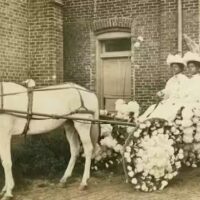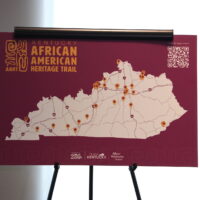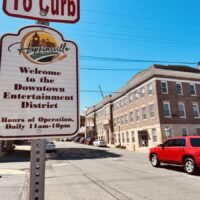Kentucky voters said no Tuesday to a proposed constitutional amendment that would have allowed the Legislature to meet more, shifting power from the governor’s office to state lawmakers.
The Kentucky Legislature meets during the first few months of each year to pass new laws during what’s called the regular session.
The regular session lasts for 30 working days in odd-numbered years and 60 working days in even-numbered years. Lawmakers are constitutionally required to conclude business by either March 30 or April 15, respectively.
- RELATED: Republicans take mayor’s race and all 12 city council seats
- RELATED: Jerry Gilliam win for judge-executive ends Steve Tribble’s long tenure
- RELATED: See election results for all Christian County races
Beyond that, only the governor has the authority to call the state House and Senate members back to Frankfort. But Amendment 1 would have enabled the House speaker and Senate president to jointly call a special session.
It would have also allowed lawmakers to vote to extend the regular session.
The proposal would have given the state’s Republican-led Legislature more power as it grapples with Democratic Gov. Andy Beshear.
The power struggle came to a head during the coronavirus pandemic, when Republicans butted heads with Democratic Gov. Andy Beshear but were unable to take action while they were outside the regular session. The state of emergency gave the governor unilateral authority to respond to the pandemic, though lawmakers later responded by clipping his powers.
The state’s voters rejected the amendment soundly by a margin of nearly 100,000 votes, according to preliminary results.
Drew Sieb chairs Murray State University’s political science department. He says the decision boiled down to Kentuckians’ beliefs when it comes to separation of powers – essentially whether people preferred a “part-time legislature” where only the governor dictate when special sessions occur. But he says the results could have been influenced by a lack of understanding about the amendment.
“It’s a really long question before the voters — 700 and something words to read through — and most people hadn’t read through it prior to Election Day,” Sieb said. “So that means people had to go into their polling place, read it and try to understand it in that short time period.”
Studies show as the language of ballot questions gets more complex, people are less likely to even vote for them.
When voters enter incomplete ballots either out of “voter fatigue” or confusion, elections experts call that “voter roll off.”
Seib said in most Kentucky counties, the proposed amendment appeared on the back of voters’ ballots and there wasn’t as much campaigning around the issue as there was in other races or for Amendment 2 — another failed measure that would have added anti-abortion language to the state constitution.
With more than 90% of the ballots accounted for, there were more than 117,000 fewer votes cast for or against Amendment 1 than there were in the state’s top-line race for U.S. Senate between Rand Paul and Charles Booker.
Amendment 2 garnered major media attention with organizing efforts for and against it raising millions of dollars. Seib said Amendment 1 didn’t get that same attention.
“I think there are people who probably skipped over Amendment 1, but still voted for Amendment 2, just because they were aware of it,” Seib said. “It’s awareness, right? There were groups out there really advocating for or against Amendment 2, but Amendment 1 is really an argument between two branches of government and less so an argument amongst voters.”
The story was first published on WKMS. Read the original article here.






